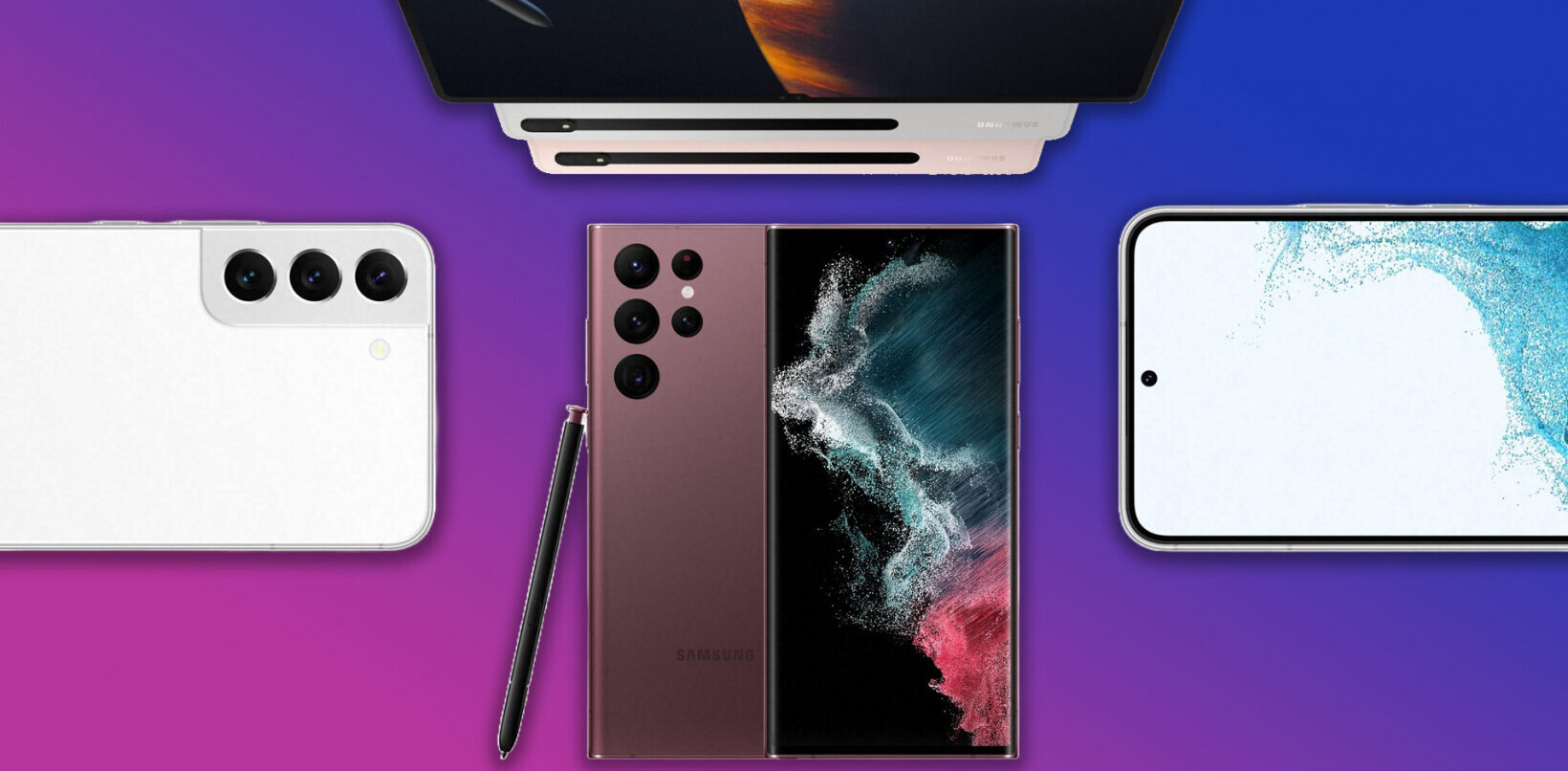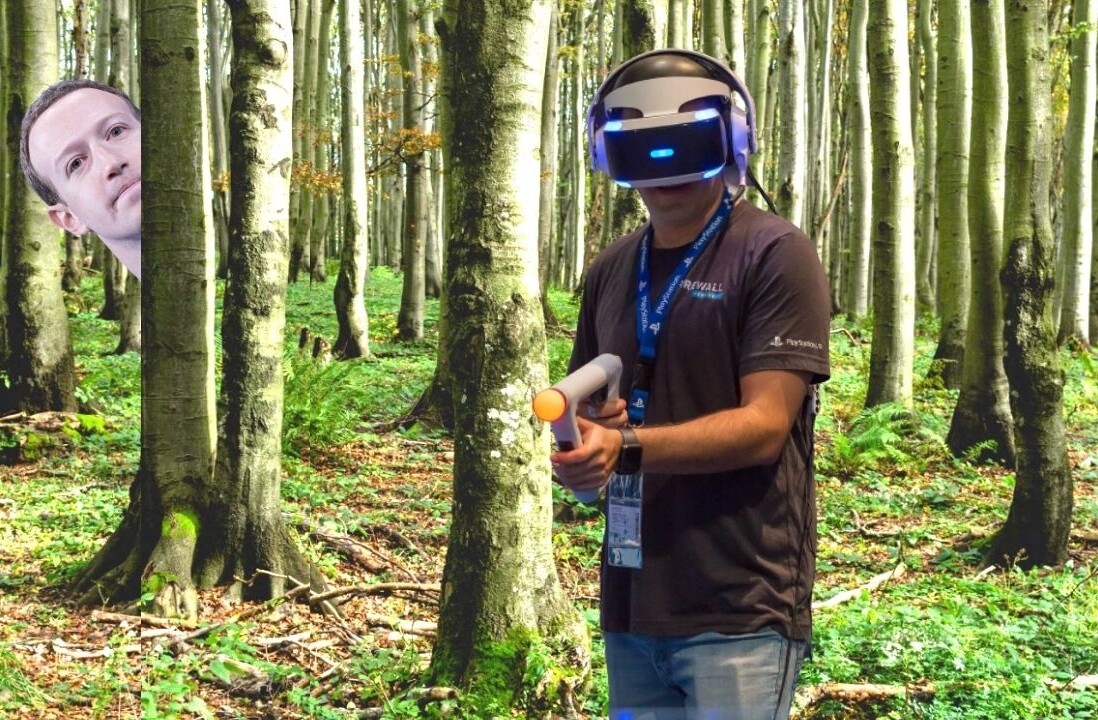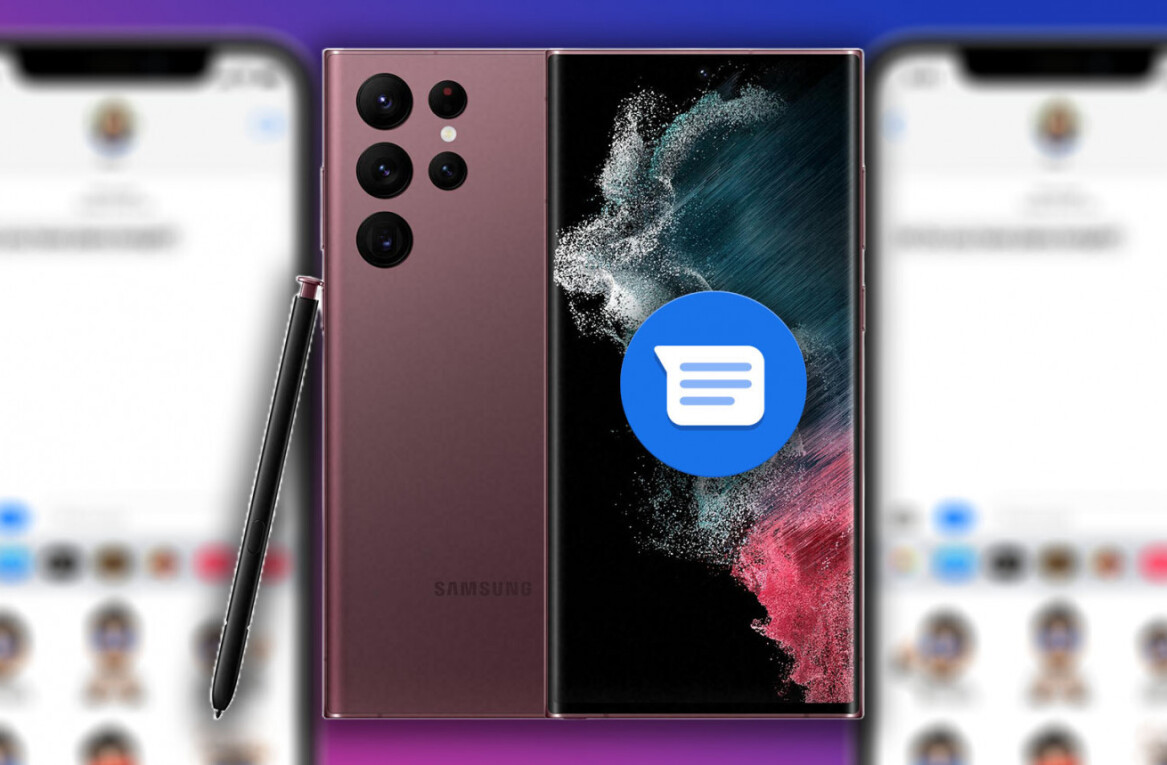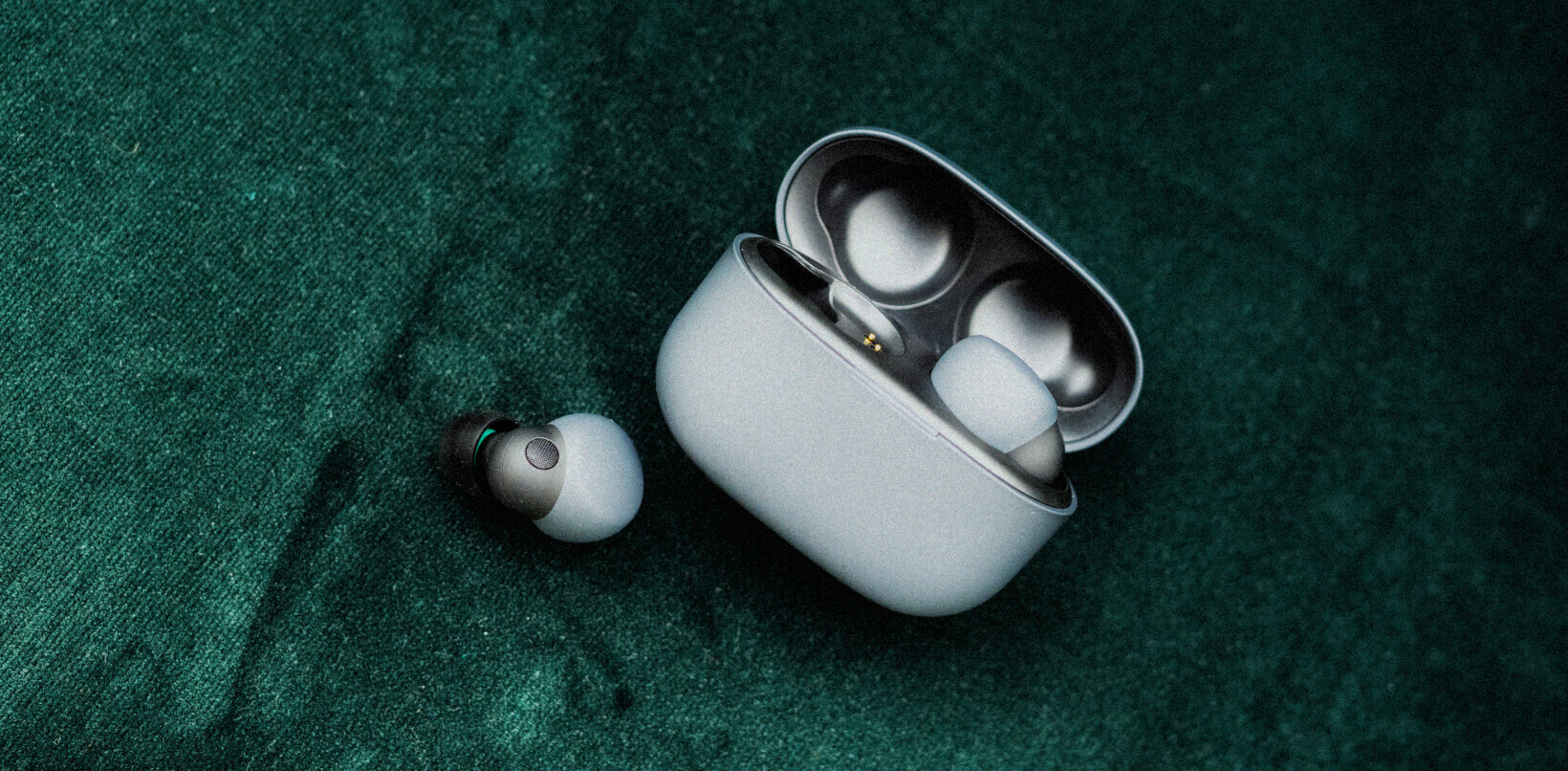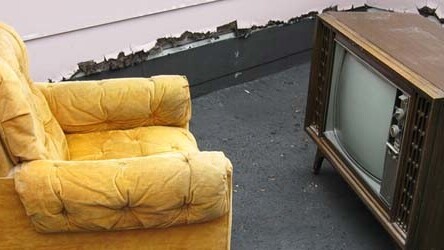
According to a survey out today from YouGov, people in Britain are not quite ready for connected TV viewing. The research shows that 50% of the UK residents polled are mostly buying new televisions for a more up-to-date model rather than thinking about connecting it to the Internet.
96% of SmartTV owners said that the picture quality was the most important feature followed by 93% focussing on screen size and 89% looking for better sound quality.
Slightly more worrying, only half of the respondents (53%) correctly identified a SmartTV as a set that directly connects to the Internet without requiring another device and one in four SmartTV owners have never used it to connect at all.
Quite why consumers are not taking advantage of this neat new technology could be related to a number of factors, lack of awareness or instruction or even traditional user habits. These results appear to point to the idea that television is still a passive medium that does not require interaction from viewers, let alone being a portal to an in Internet experience.
Getting the smart part
Dan Brilot, YouGov’s Media Consulting Director says that the adoption of SmartTVs, is similar to other domestic media gadgets.
“The ‘smart’ part of a Smart TV is not yet the main reason people are buying them; it’s more about future-proofing their TV set in the same way that lots of people bought HD TVs even before HD channels were available. I think many early adopters of Smart TV are buying them for the sake of owning the latest gadget. We see the profile (in terms of tech adoption) as very similar between iPad and Smart TV owners at the moment. These are the kind of people who are willing to make a big ticket purchase without quite realising what they’ve bought.”
Brilot also notes that there might be some confusion when technologies are presented all together and there is not enough in the way of description for the possible opportunities for a device.
“You wouldn’t imagine that a quarter of people on any other Internet-led device hadn’t used it to go online – especially at this stage of the adoption curve. Manufacturers need to understand what the USP of a Smart TV is, either understanding a current need or creating one – as Apple do so well – rather than bundling together different technologies without the necessary thought as to how they might be used together.”
Battle of the brands
According to the research, Sony could be overtaken very soon by Samsung as the consumer choice for SmartTVs. Among existing owners, 36% have a Sony, 33% have a Sony and Panasonic trails behind with 16% of the market. That said, almost two thirds of people planning to buy a SmartTV in the next 12 months are considering a Samsung, followed by Sony at 48% and Panasonic at 40%.
Apple is already making an impact on the market without even launching a smartTV. Over a quarter of respondents in this survey say they plan to buy an Apple TV. It’s no bad thing when consumers are hoping to buy an item that doesn’t yet exist.
Brilot says that getting a high profile campaign to create awareness in the smartTV arena is helping Samsung take a big bite out of the market.
“Sony is seen as the quality or premium brand favoured by the early tech adopters – late twenty- or thirty-something men – but Samsung is the brand working the hardest and most successfully to bring Smart TV to the masses through its advertising campaigns as well as leading the way in the availability of apps on the sets.
Although nine in ten Smart TV owners are satisfied with them, one thing all manufacturers need to focus on is the user interface. This feature has the biggest disparity between importance and performance.”
YouGov’s research says that 14% of UK households are set to own a SmartTV in the next year which is bound to see a change in viewer habits.
Already through the use of video-on-demand services like Channel 4’s 4oD on Youtube or the BBC’s iPlayer, audiences are prepared for watching programs as and when they like rather than being constrained by linear schedules.
A large portion of the younger market for SmartTVs is already adopting non-linear viewing. 53% of 18-24 year olds with a SmartTV say the majority of programmming they watch is ‘on-demand’ and parents with pre-school children also seem to be taking advantage of the flexibility of watching what they want, when they want.
Considering Brilot’s observation on user experience, it seems that manufacturers will have no problem getting their TV sets into homes, but they really need to work on making the internet experience more appealing and simple to use if they are to offer the best possible service to consumers.
As viewers already seem comfortable with two-screen viewing with a tablet or mobile device to enhance a viewing experience, it should not be such a push to encourage them to take up the added features on a connected TV.
Get the TNW newsletter
Get the most important tech news in your inbox each week.

